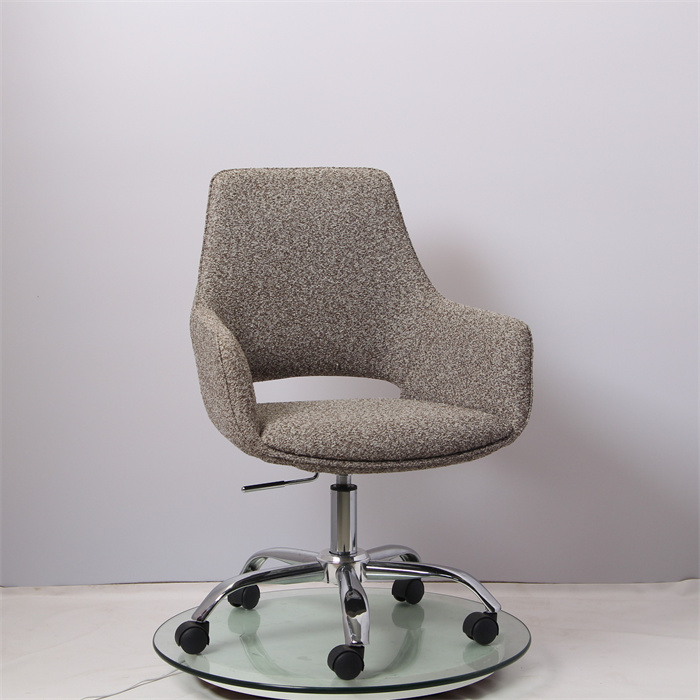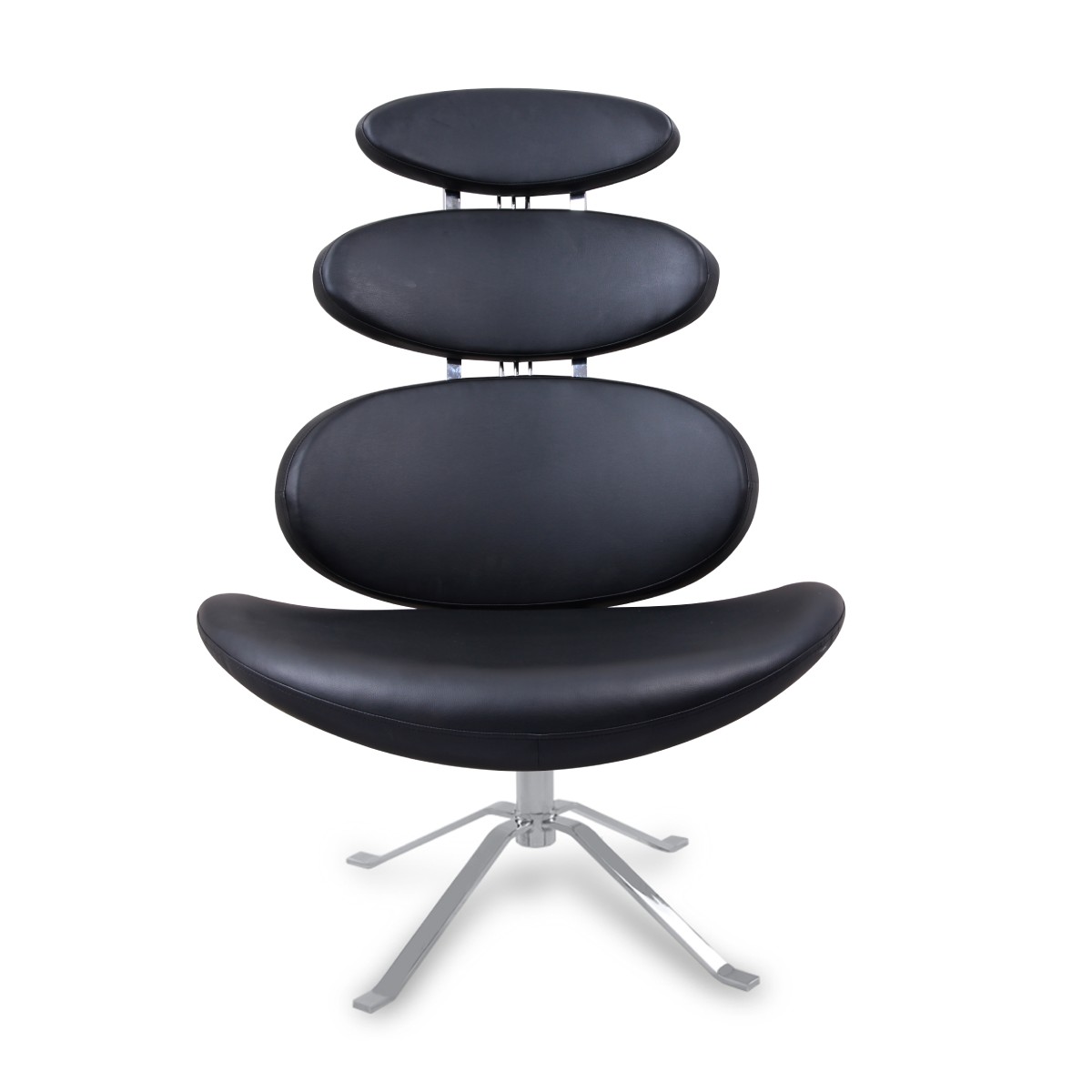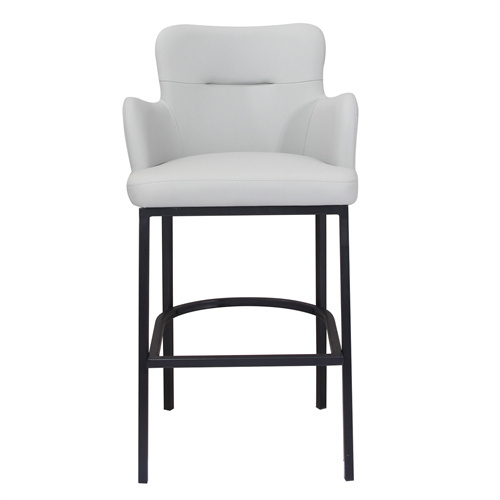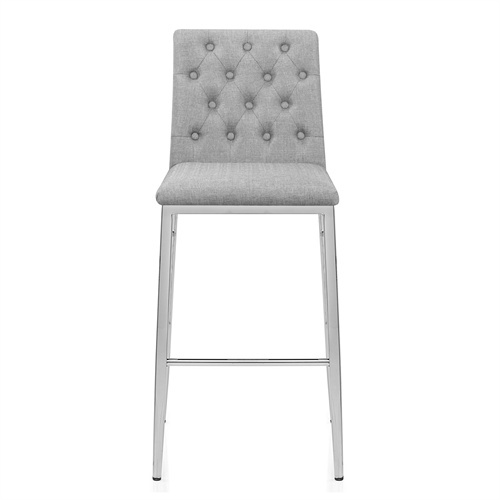Dealing with a sinking office chair is more than just a minor annoyance—it disrupts your posture, breaks your concentration, and compromises comfort throughout your workday. If your office chair keeps lowering unexpectedly or sinks slowly over time, you’re not alone. This common issue typically results from a worn-out gas lift cylinder or a damaged height adjustment lever.
In this guide, you'll discover why your desk chair keeps sinking, along with step-by-step solutions to fix it. Whether your chair drops suddenly or gradually, you’ll find practical, effective strategies to restore it to proper working order.
Why Does My Office Chair Keep Sinking?
If your office chair keeps sinking when you sit, the most likely cause is a faulty gas lift cylinder. This component relies on pressurized air to hold the seat at your chosen height. Over time, seals within the cylinder degrade, leading to slow or sudden sinking.
Another potential issue is a malfunctioning height adjustment lever. If the lever mechanism becomes worn or misaligned, it may fail to lock the seat position properly. Identifying whether the issue lies in the gas lift or the lever is critical before starting any repair process.
Step-by-Step Guide: Fixing a Sinking Office Chair
Here’s how to fix an office chair that keeps lowering, using either a DIY approach or a replacement part:
Step 1: Identify and Order the Correct Gas Cylinder
Begin by determining whether your gas cylinder needs replacing. If your chair no longer holds its height, this is the most common failure point.
-
Measure the cylinder: Remove the plastic cover and measure from the bottom of the cylinder to the base of the seat plate.
-
Order a replacement: Use your measurements to purchase a compatible gas lift cylinder from office supply retailers, online marketplaces, or the original manufacturer.
.jpg)
Step 2: Remove the Defective Gas Cylinder
Turn the chair upside down and detach the chair base (usually secured with clips or screws).
-
Use a rubber mallet or wrench to gently dislodge the old cylinder.
-
If the cylinder is stuck, apply a lubricant such as WD-40 and let it sit before trying again.
Take care during removal to avoid damaging other components like the wheelbase or tilt mechanism.
Step 3: Install the New Gas Cylinder
Insert the new cylinder into the chair base and seat mechanism.
-
Ensure the parts are fully aligned and seated.
-
Use hand pressure or light tapping to secure the fit—but do not over-tighten.
-
Wait 24 hours before sitting, allowing the components to settle properly.
Step 4: Test the Chair’s Stability
Once assembled, place the chair upright and test its height functionality.
-
Sit down and adjust the seat up and down using the lever.
-
The chair should now maintain the selected height without sinking.
-
If the problem persists, re-check the cylinder installation or move to Step 5.

Step 5: Check the Adjustment Lever Mechanism
If the new gas cylinder doesn’t resolve the issue, your chair’s height adjustment lever may be worn or broken.
-
Inspect the lever for cracks, looseness, or misalignment.
-
Some levers can be replaced individually, though this may require assistance from a professional technician or the original manufacturer.
-
For certain models, replacement parts may not be available, in which case a new chair may be more cost-effective.
Alternative Quick Fix: Temporary Height Locks
If you're not ready to replace the cylinder, here are short-term fixes:
-
PVC Pipe Method: Cut a section of PVC pipe the same length as the exposed cylinder shaft when at your desired height. Snap it over the shaft to prevent movement.
-
Hose Clamp Trick: Wrap a hose clamp tightly around the cylinder at the ideal height. This keeps the seat from sliding downward.
These are temporary solutions and do not restore full height adjustability but may provide relief until a permanent repair is made.
Prevent Future Sinking Issues
To prolong your office chair’s life and prevent similar issues:
-
Avoid exceeding the maximum weight limit specified by the manufacturer.
-
Use the height adjustment lever gently and avoid forceful movements.
-
Perform regular inspections to detect early signs of leakage, lever looseness, or cylinder damage.
1527.jpg)
When to Consider a New Office Chair
If your chair is several years old or shows signs of multiple part failures, it might be time for an upgrade. Replacing only the gas cylinder or lever may not address other worn-out components like padding, armrests, or tilt functions.
At VV FURNITURE, we offer a wide range of ergonomic office chairs that combine comfort, durability, and style. Our designs support proper posture and enhance productivity—ideal for long work hours at home or in the office.
Conclusion: Regain Comfort and Stability Today
A sinking office chair can seriously impact your comfort and productivity. Fortunately, with the right tools and guidance, you can fix this issue yourself. Replacing a faulty gas cylinder or inspecting the height adjustment lever are the most effective ways to restore your chair’s stability.
If your current chair has reached the end of its life cycle, explore the selection at VV FURNITURE. We provide quality office seating solutions designed to last and keep you comfortable throughout your workday.
FAQs
1. Why does my office chair keep sinking slowly?
This usually means the gas lift cylinder has lost pressure due to internal leaks, making it unable to support the seat’s weight.
2. Can I fix my chair without replacing the gas cylinder?
Yes. Temporary fixes like a hose clamp or PVC pipe can hold the chair at a fixed height, but they remove adjustability and are not long-term solutions.
3. How do I prevent my office chair from sinking again?
Use the height adjustment lever gently, stay within the weight limit, and inspect your chair monthly for wear and tear.
4. What if my brand-new office chair keeps sinking?
If a new office chair keeps lowering, it might be due to a manufacturer defect. Contact your supplier immediately to arrange for a warranty repair or replacement.





0723.jpg)